In the vast, windswept plateaus of Central Asia, an unassuming creature plays a critical role in public health surveillance. The marmot, a large ground squirrel often mistaken for a simple rodent, has become an unlikely sentinel for plague outbreaks in remote regions. These burrowing animals, which have coexisted with humans for centuries, harbor fleas capable of transmitting Yersinia pestis – the bacterium responsible for bubonic, septicemic, and pneumonic plague.
For generations, nomadic herders have observed peculiar behaviors in marmots preceding human plague cases. When the animals emerge lethargic from hibernation or abandon their warrens during daylight hours, communities take notice. "Our ancestors taught us to watch the marmots like weather vanes," explains a Mongolian herder near the Khangai Mountains. "When they act strangely, we move our grazing lands." This traditional ecological knowledge, now validated by modern science, forms the first line of defense against potential epidemics.
The Marmot Surveillance Network
Across China's Qinghai-Tibet Plateau and Mongolia's steppes, a unique collaboration between epidemiologists and local hunters has developed. Government programs train residents to collect biological samples from marmot carcasses while maintaining safe handling protocols. These specimens undergo testing at regional laboratories equipped with portable PCR machines, creating an early warning system covering thousands of square kilometers where conventional surveillance would be impractical.
Recent technological advancements have enhanced this network. Solar-powered GPS collars now track marmot movements, transmitting data about unusual migration patterns that might indicate disease spread. In Inner Mongolia, researchers have developed AI algorithms that analyze satellite imagery to detect abandoned burrow systems – a potential sign of plague-induced marmot die-offs.
Ecological Balancing Act
Conservationists face a dilemma in managing marmot populations. While culling reduces disease reservoirs, it disrupts grassland ecosystems where marmots serve as keystone species. Their extensive burrows provide shelter for foxes, owls, and endangered snow leopards. The debate continues between public health officials advocating population control and biologists emphasizing ecological preservation.
Climate change adds complexity to this dynamic. Rising temperatures expand the flea vector's viable range, while altered precipitation patterns affect vegetation growth – indirectly influencing marmot nutrition and immunity. A 2022 study published in Emerging Infectious Diseases demonstrated how drought-stressed marmots showed higher Y. pestis susceptibility, suggesting future outbreaks may correlate with extreme weather events.
Cultural Shifts and Challenges
Traditional marmot hunting practices, once essential for fur and meat, now carry significant health risks. Health education campaigns using mobile apps and community radio attempt to curb unsafe handling. In some regions, cultural resistance persists, particularly where marmot oil is valued as a folk remedy. "Changing centuries-old traditions requires more than pamphlets," notes a WHO field coordinator in Kazakhstan. "We work with respected elders to develop alternative livelihoods like eco-tourism centered on marmot observation."
The economic dimension cannot be overlooked. During plague-related travel restrictions, herders lose access to markets for weeks. Microinsurance programs piloted in Kyrgyzstan now compensate for such disruptions, incentivizing participation in surveillance efforts. Meanwhile, cross-border collaborations standardize response protocols between China, Mongolia, and Russia – nations connected by marmot habitats that recognize diseases respect no boundaries.
Future Directions in Zoonotic Surveillance
Scientists now explore marmot microbiome studies to understand why some colonies resist plague while others succumb. Genomic sequencing of flea populations helps track pathogen evolution across different elevations. Perhaps most innovatively, researchers investigate whether marmot alarm calls – distinct vocalizations signaling danger – could be acoustically monitored as outbreak indicators.
This unconventional public health approach demonstrates how listening to nature's warnings, blending indigenous wisdom with cutting-edge technology, might prevent the next pandemic. As climate change increases animal-borne disease risks globally, the humble marmot's role as a four-legged health sentinel offers lessons for surveillance systems far beyond the steppes.
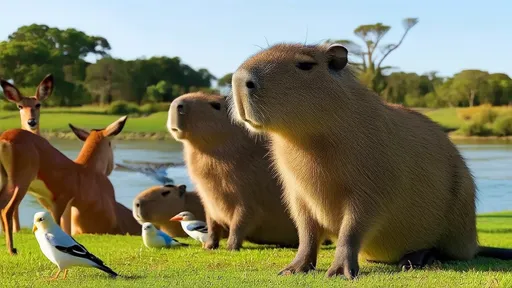
By /Jun 10, 2025
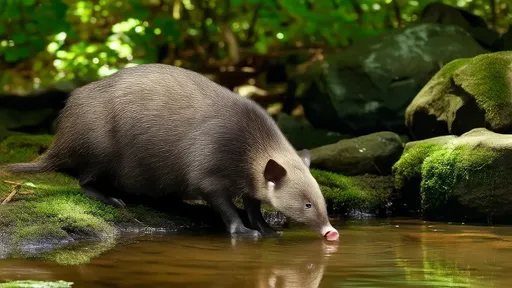
By /Jun 10, 2025
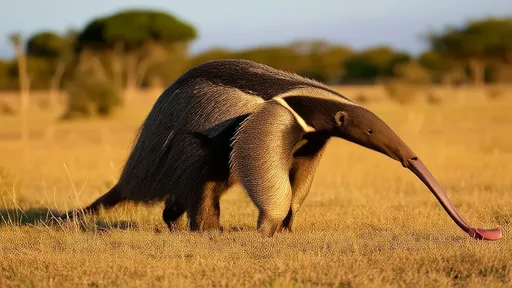
By /Jun 10, 2025

By /Jun 10, 2025
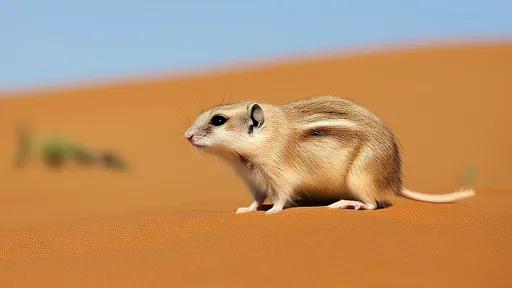
By /Jun 10, 2025
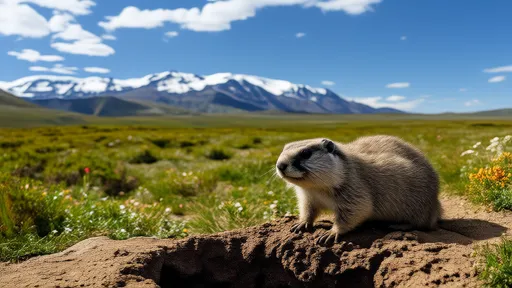
By /Jun 10, 2025

By /Jun 10, 2025

By /Jun 10, 2025

By /Jun 10, 2025
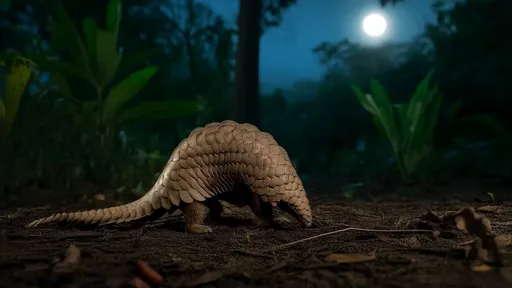
By /Jun 10, 2025

By /Jun 10, 2025
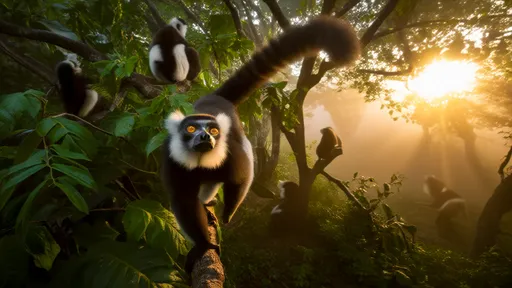
By /Jun 10, 2025

By /Jun 10, 2025
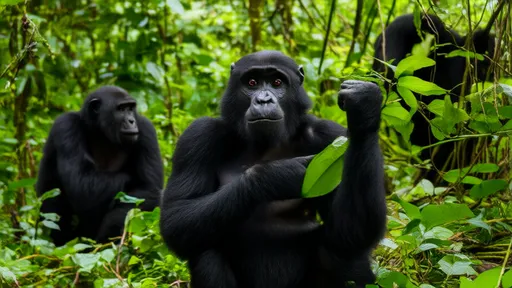
By /Jun 10, 2025

By /Jun 10, 2025
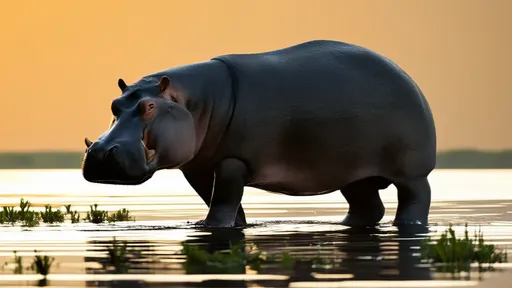
By /Jun 10, 2025
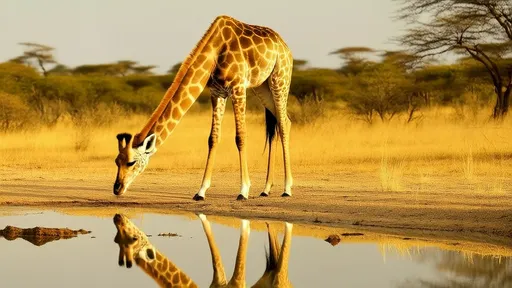
By /Jun 10, 2025